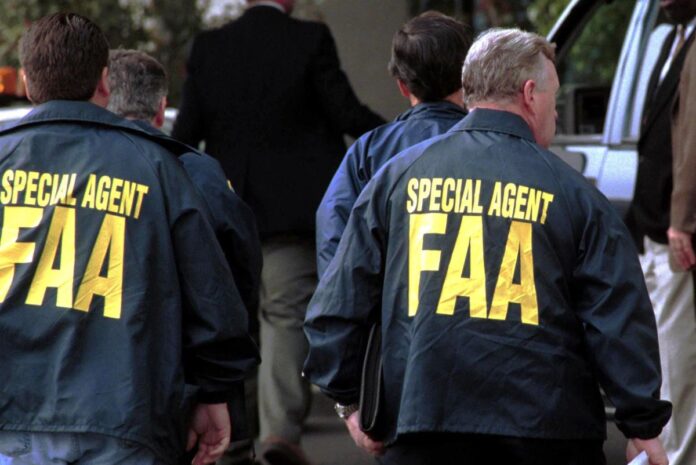Air Canada Flight Diverted Due to Disruptive Passenger: What Happened?
On August 23, 2023, an Air Canada flight, designated as Flight 1705, was forced to divert from its intended route due to an incident involving a disruptive passenger. This flight was scheduled to travel from Toronto to Las Vegas, but the unexpected disturbance prompted the crew to make a significant decision, leading to a safe landing at Chicago O’Hare International Airport instead.
The Incident
Air Canada Rouge operated the flight, which took off with 130 passengers on board from Toronto’s Lester B. Pearson International Airport. As the Airbus A320 made its way westward, it encountered a passenger disturbance that the crew reported to authorities. While the airline confirmed the incident, it has remained tight-lipped about the specific nature of the disruption, leaving the public to speculate on the exact circumstances.
The Federal Aviation Administration (FAA) stepped in to confirm the details of the diversion, stating that the flight had to change course after the crew raised alarms regarding the behavior of a passenger. The diversion, executed professionally by the flight crew, showcased their ability to handle unexpected challenges in the confined space of an airplane.
Flight Details
Flight 1705 was on a routine schedule, typically departing around 8:30 p.m. EDT and designed to cover a distance that usually takes around 4.5 hours. However, various factors like weather can influence the travel time. This particular flight was expected to arrive in Las Vegas, officially known as Harry Reid International Airport, but ended up about three hours behind schedule due to the diversion.
The Diversion Process
As Flight 1705 approached the state border between Iowa and Nebraska, it began to alter its trajectory and headed towards Chicago. Real-time tracking data from services like FlightAware confirm this significant change, illustrating how the aircraft maneuvered back eastwards toward its destination for safety reasons. The pilots executed the diversion with expertise, ensuring the safety of everyone onboard.
Upon arrival in Chicago around 10:30 p.m. CDT, the airline began to manage the situation, likely providing support to the other passengers while addressing the disruptive incident. After a brief delay for handling the situation, the flight was cleared to continue its journey, eventually landing in Las Vegas.
Air Canada Rouge’s Fleet
Air Canada Rouge, the airline responsible for Flight 1705, operates a fleet that includes five Airbus A320 aircraft, specifically configured to accommodate up to 168 passengers. Their lower-cost service aims to provide efficient air travel options while maintaining safety and quality standards. Despite the challenge encountered on this flight, the crew’s prompt action ensured that safety remained the top priority.
Implications for Passengers
Incidents involving disruptive passengers are not uncommon in the airline industry, but they bring to light the challenges airlines face in ensuring a peaceful journey for all passengers. Air Canada, like other carriers, must balance responsiveness to disturbances while maintaining the overall schedule and safety protocols.
In the aftermath of such events, airlines typically review their policies and training protocols for handling disruptive behavior. This incident may also prompt passengers to be more mindful of their conduct while in confined spaces, as even minor disturbances can lead to significant delays and complications.
Conclusion
While the specifics of the passenger’s disruptive behavior remain undisclosed, the overall response from Air Canada and the FAA demonstrates the seriousness with which such situations are handled in the aviation industry. The professionalism displayed by the flight crew ensured all passengers arrived safely at their intended destination, albeit later than planned, highlighting the dynamic nature of air travel.
